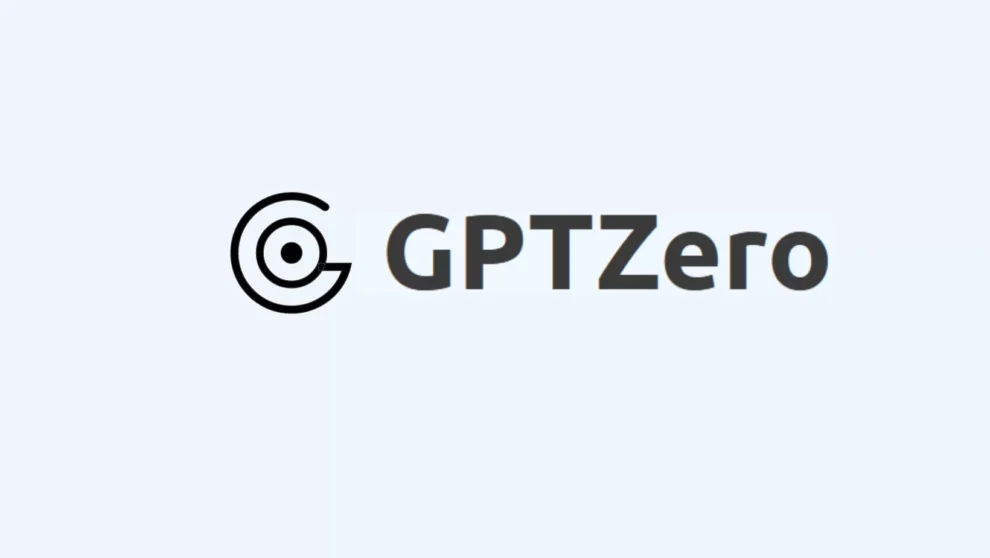In a digital landscape increasingly blurred by AI-generated content, GPTZero has emerged as a staunch advocate for preserving the authenticity of human expression. The company, renowned for its AI detection platform, has recently unveiled a suite of authorship tools designed to empower writers and safeguard original works in an era where the lines between human and machine-crafted content continue to blur.
This development marks a pivotal moment in the ongoing conversation around AI’s role in the creative process. While AI language models like ChatGPT have undeniably revolutionized various sectors, their ability to mimic human writing has also sparked concerns about plagiarism, misinformation, and the erosion of trust in online content. GPTZero’s latest offering directly addresses these apprehensions, providing writers with the means to assert their authorship and maintain the integrity of their work.
The Emergence of AI-Authored Content
The proliferation of AI-powered writing tools has transformed the content creation landscape. From generating marketing copy and product descriptions to crafting entire blog posts and articles, AI models have become indispensable tools for businesses and individuals seeking to streamline their writing processes. However, this technological advancement has also given rise to a host of challenges.
The ease with which AI can produce convincing text has made it increasingly difficult to discern between human-authored and AI-generated content. This has implications not only for academic institutions grappling with AI-assisted plagiarism but also for online platforms struggling to combat the spread of misinformation and deepfakes. Furthermore, the growing reliance on AI-generated content raises questions about the future of human creativity and the value placed on original expression.
GPTZero’s Response: Empowering Writers
GPTZero’s suite of authorship tools represents a proactive response to the challenges posed by AI-generated content. By providing writers with the ability to verify and authenticate their work, GPTZero aims to restore trust in the digital sphere and ensure that human creativity remains at the forefront of content creation.
Key Features of GPTZero’s Authorship Tools
- AI Detection: GPTZero’s AI detection capabilities enable users to identify whether a piece of text has been generated by an AI language model. This feature is invaluable for educators, publishers, and content creators seeking to verify the authenticity of written works.
- Authorship Verification: GPTZero’s authorship verification tools allow writers to create a digital signature for their work, providing an irrefutable proof of authorship. This signature is embedded within the text, making it tamper-proof and resistant to plagiarism attempts.
- Provenance Tracking: GPTZero’s provenance tracking feature records the history of a document, including its creation, modifications, and any contributions from AI language models. This transparent record provides valuable context for understanding the origins of a piece of content.
- Collaboration Tools: GPTZero’s authorship tools also facilitate seamless collaboration between human writers and AI models. This allows writers to leverage AI’s capabilities while maintaining control over their work and ensuring that their original voice remains intact.
Implications for the Future of Writing
GPTZero’s latest initiative underscores the evolving relationship between human writers and AI language models. Rather than viewing AI as a threat to human creativity, GPTZero envisions a future where AI serves as a powerful tool for augmenting and enhancing the writing process.
By providing writers with the means to verify and authenticate their work, GPTZero is fostering a digital environment where originality is celebrated and human expression is valued. This has far-reaching implications not only for the creative industries but also for society as a whole.
In an era where information is increasingly consumed and shared online, the ability to distinguish between human-authored and AI-generated content is paramount. GPTZero’s authorship tools provide a crucial safeguard against misinformation, plagiarism, and the erosion of trust in the digital sphere.
Moreover, by empowering writers to maintain control over their work and assert their authorship, GPTZero is championing the value of human creativity and ensuring that original expression remains at the heart of content creation.
GPTZero’s authorship tools offer a welcome solution to these challenges. The ability to verify the authenticity of written works provides a much-needed sense of reassurance in an online landscape where misinformation and deepfakes are rampant. Furthermore, the prospect of creating a digital signature for my own writing and asserting my authorship in a tamper-proof manner is incredibly empowering.
GPTZero’s release of authorship tools marks a significant step towards preserving the integrity of human expression in an era of AI-generated content. By providing writers with the means to verify and authenticate their work, GPTZero is fostering a digital environment where originality is celebrated and human creativity is valued.
As AI language models continue to evolve and become increasingly sophisticated, the ability to distinguish between human-authored and AI-generated content will become even more crucial. GPTZero’s authorship tools offer a powerful solution to this challenge, empowering writers to maintain control over their work and assert their authorship in a digital landscape where the lines between human and machine-crafted content continue to blur.








